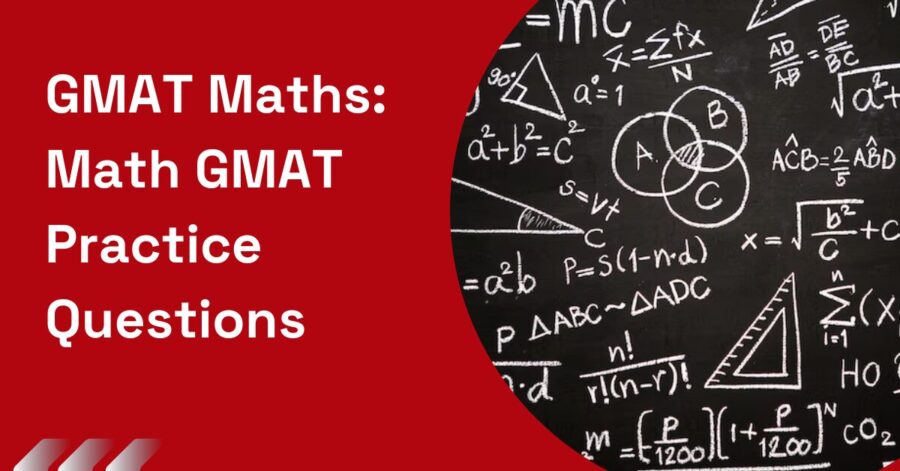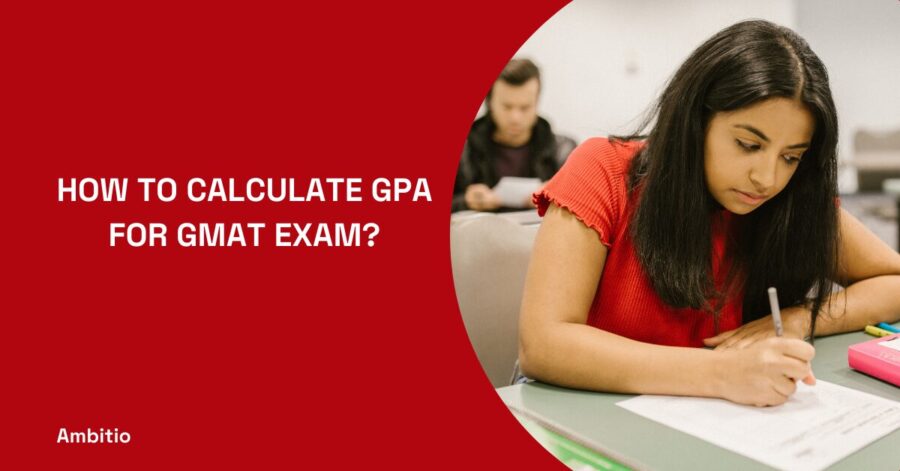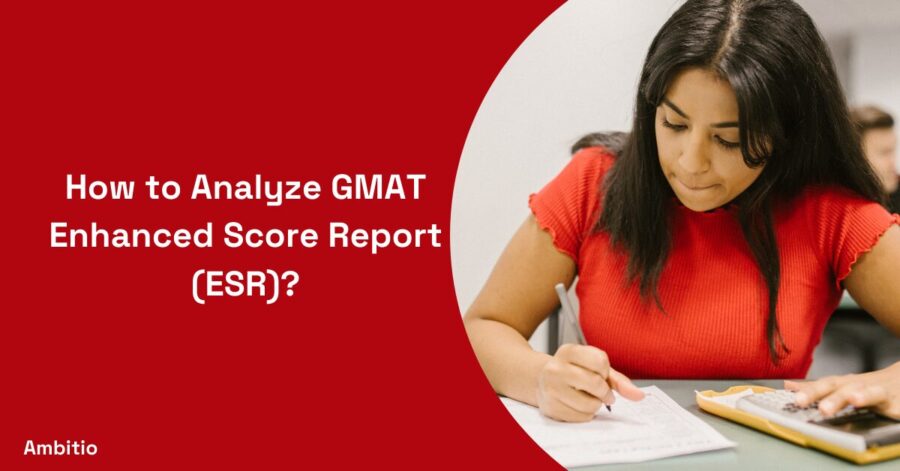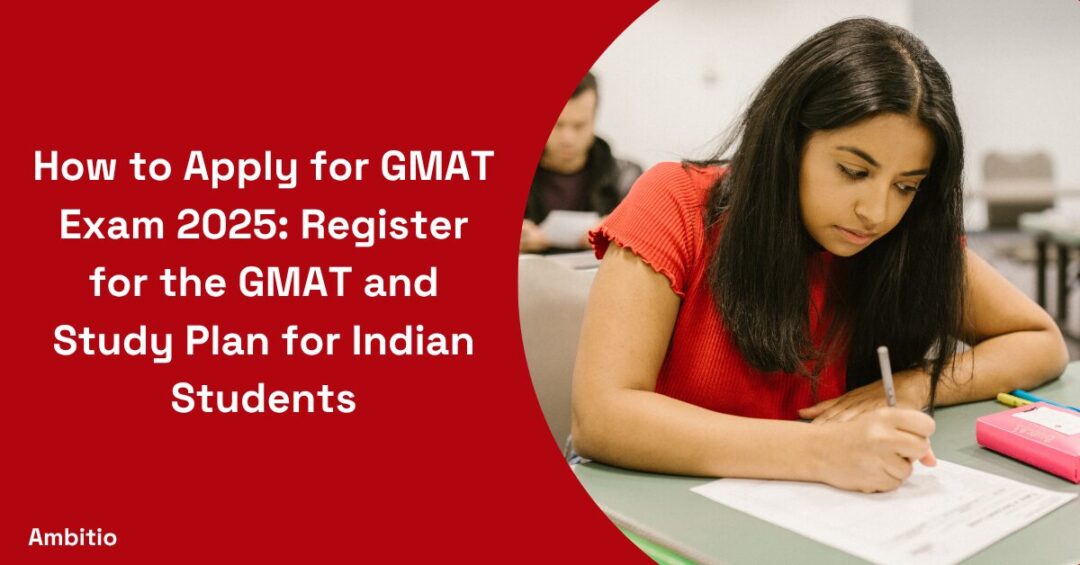3 September 2024
7 minutes read
GMAT Maths: Math GMAT Practice Questions

Key Takeaways
- Understand the GMAT quant section format and question types.
- Master basic math concepts learned in high school.
- Practice consistently with official GMAT guides and free practice tests.
- Develop effective strategies for data sufficiency and problem-solving questions.
Are you finding GMAT math questions challenging and often feel stuck? You’re not alone. Many aspiring MBA candidates struggle with the quantitative section, feeling overwhelmed by complex problems and tricky wordings that test their mathematical prowess. If you are someone from a non-maths background and needs to get better at GMAT math, then this blog is for you.
Understanding these struggles, we’ve created a comprehensive guide to help you conquer GMAT math with confidence. Dive into our practice questions tailored to tackle common pitfalls and enhance your problem-solving skills. Let’s transform those tricky questions into opportunities for higher scores and greater success on your GMAT journey!
What Math Skills are Tested on the GMAT?
The GMAT quant section tests a variety of math skills essential for success in business school. Knowing what to expect can help you focus your study efforts and improve your GMAT score.
The quant section of the GMAT covers arithmetic, algebra, geometry, and data analysis. You’ll face problem solving questions and data sufficiency questions, each designed to test your ability to reason and solve quant questions effectively. Key areas include fractions, percentages, quadratic equations, and standard deviation. Practice questions are crucial for mastering these topics.
To prepare, it’s helpful to work through free GMAT practice tests and diagnostic tests. These will expose you to the types of math problems you’ll encounter on the GMAT exam, from word problems to equations. Focus on both problem solving and data sufficiency to ensure you’re ready for every section of the GMAT. With consistent practice, you can tackle GMAT quant questions with confidence and aim for a higher GMAT score. Also, the GMAT eligibility differs from college to college, so make sure to check it before applying.
How Problem Solving Works

Problem solving is a key part of the GMAT quant section, requiring a strong grasp of various mathematics concepts. It’s all about understanding the question, breaking it down, and applying the right methods to find the correct answer.
In the GMAT, problem solving questions test your knowledge of arithmetic and algebra, calculus, and number properties. You’ll encounter problems involving percent, integer, and permutation calculations. The key is to practice critical reasoning and apply mathematical principles logically. Understanding these core areas helps you navigate through each problem more efficiently. Get a clear idea of the GMAT benefits will be a great way to boost your motivation.
By focusing on arithmetic and algebra, and brushing up on calculus and number properties, you’ll improve your problem-solving skills. Practice is essential, so work through as many GMAT practice questions as you can. This will help you develop the critical reasoning needed to tackle any question and get the correct answer consistently.
How GMAT Scoring Works
Understanding how GMAT scoring works is crucial for effective test prep. Knowing the scoring system helps you set realistic goals and focus on what’s important for the GMAT. Also, understand the GMAT format for even better understanding of the concept.
The GMAT quant section tests your ability to solve math problems efficiently. You’ll see questions that test basic math concepts you learned in school math, such as algebra, geometry, and arithmetic. The questions you’ll need to solve assess your problem-solving skills and logical reasoning. Understanding the purpose of the GMAT exam and the importance of the exam.
You don’t need to know advanced math topics, but there’s a lot you’ll need to cover. Flashcards can be handy for memorizing key formulas. To reach your goal score, focus on major GMAT math topics and practice extensively. Remember, the GMAT is designed to test your ability to assess and solve these questions under timed conditions. By understanding what you’ll see and focusing your test prep, you can aim for a higher score.
What is the Breakdown of GMAT Quant questions?
Understanding the breakdown of GMAT quant questions can help you prepare more effectively. Knowing the types of questions you’ll face and how they test your quantitative reasoning is key. Also, mastering the GMAT time in the quant section can help you get ahead of the competition and gaining a high score.
The GMAT quant section is divided into two main question types: data sufficiency and problem solving. Both assess quant skills learned in high school and your ability to apply mathematical knowledge to solve a problem. You’ll encounter questions on integer properties, set theory, and other discrete math topics. Each question comes with multiple-choice answer choices, and you must solve for the best answer without a calculator.
For effective prep, use official GMAT guides and detailed solutions to understand the syllabus and avoid common pitfalls. Practice working alone to improve speed and accuracy. You can also seek the help of a comprehensive GMAT beginners guide for the same. MBA programs look at your percentile rank, so aim high by mastering these question types. With the best GMAT materials and a strategic approach, you can save time and find the final answer with confidence. The quant section tests not only your computational skills but also how well you handle real-world problems, so make sure to review explanatory answers to grasp the underlying concepts.
GMAT Math Tips and Tricks
Preparing for the GMAT quant section can be daunting, but with the right strategies and practice, you can master it. Gain a clear idea of whether GMAT has negative marking or not before you get into the prep. Here are some essential tips and practice problems to help you improve your GMAT math skills.
Understand the Format
First, familiarize yourself with the types of questions you’ll encounter. The quant section includes data sufficiency and problem-solving questions. Knowing the format helps you save time and avoid pitfalls during the test.
Master the Basics
Cracking the GMAT needs dedication. Ensure you have a strong grasp of basic math concepts learned in high school, such as algebra, geometry, and arithmetic. Review key areas like integer properties, set theory, and percentages. This foundation is crucial for solving more complex problems.
Practice Regularly
Consistent practice is key to success. Use official GMAT guides and free GMAT practice tests to work through a variety of problems. Focus on both data sufficiency and problem solving, and make sure to review explanatory answers to understand your mistakes. This is how you can beat the GMAT.
Develop a Strategy
Learn to recognize common traps and develop a strategy for tackling each question type. For data sufficiency, remember that sometimes you don’t need to know the exact answer—just whether the information provided is sufficient. For problem-solving questions, break down the problem and eliminate incorrect answer choices methodically.
Quant Practice Problems

Attain the GMAT max score by consistently practicing and honing your skills. Here are some questions to help you with the same:
If x and y are positive integers such that x + y = 10, what is the maximum possible value of xy?
A) 16
B) 20
C) 24
D) 25
E) 27
Solution:
To maximize xy, we need to maximize the product of x and y subject to the constraint that x + y = 10.
Since x and y are positive integers, the maximum value of xy occurs when x = y = 5.
Therefore, the maximum value of xy is 5 * 5 = 25.
The correct answer is D) 25.
GMAT Practice Question 2
A certain company has 100 employees. 60% of the employees are women and 40% are men. If 20% of the women and 30% of the men have a college degree, what percentage of the employees have a college degree?
A) 22%
B) 24%
C) 26%
D) 28%
E) 30%
Solution:
Let’s break this down step-by-step:
- Total employees: 100
- Women: 60% of 100 = 60
- Men: 40% of 100 = 40
- Women with degrees: 20% of 60 = 12
- Men with degrees: 30% of 40 = 12
- Total employees with degrees: 12 + 12 = 24
- Percentage of employees with degrees: (24/100) * 100 = 24%
The correct answer is B) 24%.
GMAT Practice Question 3
If a and b are positive integers such that a^2 + b^2 = 25, what is the sum of all possible values of a + b?A) 10
B) 12
C) 14
D) 16
E) 18
Solution:
We need to find all pairs of positive integers (a, b) such that a^2 + b^2 = 25.
Possible pairs are:
(5, 0), (0, 5), (4, 3), (3, 4)
Now we can calculate the sum of a + b for each pair:
(5, 0): 5 + 0 = 5
(0, 5): 0 + 5 = 5
(4, 3): 4 + 3 = 7
(3, 4): 3 + 4 = 7
The sum of all possible values of a + b is 5 + 5 + 7 + 7 = 24.
The correct answer is D) 16.
GMAT Practice Question 4
A certain company has 100 employees. 60% of the employees are women and 40% are men. If 20% of the women and 30% of the men have a college degree, what percentage of the employees with college degrees are women?A) 50%
B) 55%
C) 60%
D) 65%
E) 70%
Solution:
Let’s break this down step-by-step:
- Total employees: 100
- Women: 60% of 100 = 60
- Men: 40% of 100 = 40
- Women with degrees: 20% of 60 = 12
- Men with degrees: 30% of 40 = 12
- Total employees with degrees: 12 + 12 = 24
- Percentage of employees with degrees who are women: (12/24) * 100 = 50%
The correct answer is A) 50%.
GMAT Practice Question 5
If x and y are positive integers such that x + y = 10, what is the minimum possible value of xy?A) 4
B) 6
C) 8
D) 9
E) 12
Solution:
To minimize xy, we need to minimize the product of x and y subject to the constraint that x + y = 10.
Since x and y are positive integers, the minimum value of xy occurs when one of x or y is 1 and the other is 9.
Therefore, the minimum value of xy is 1 * 9 = 9.
The correct answer is D) 9.
Conclusion
Preparing for the GMAT quant section requires understanding what you need to know for the GMAT and being able to apply that knowledge effectively. Through regular practice and mastering computation skills, you’ll be well-equipped to tackle the questions confidently. Remember, consistent effort and strategic preparation are key to achieving your best score.
Transform your GMAT preparation with Ambitio’s expert guidance. Our comprehensive approach includes personalized study plans, adaptive practice tests, and strategic insights, all designed to enhance your understanding and performance across the exam’s quantitative and verbal sections.
FAQs
What math topics are covered in the GMAT quant section?
The GMAT quant section covers arithmetic, algebra, geometry, and data analysis.
How are GMAT quant questions structured?
GMAT quant questions are divided into data sufficiency and problem-solving types.
Do I need advanced math knowledge for the GMAT?
No, the GMAT focuses on basic math concepts learned in high school.
Can I use a calculator during the GMAT quant section?
No, calculators are not allowed in the GMAT quant section.
How can I improve my problem-solving skills for the GMAT?
Practice consistently with official GMAT guides and detailed solutions to understand common pitfalls.
What strategies can help with data sufficiency questions?
Focus on determining whether the provided information is sufficient to answer the question without necessarily finding the exact answer.
How important is the GMAT quant section for MBA admissions?
The GMAT quant score is crucial as it demonstrates your quantitative reasoning skills, which are vital for business school.

You can study at top universities worldwide!
Get expert tips and tricks to get into top universities with a free expert session.
Book Your Free 30-Minute Session Now! Book a call now




























